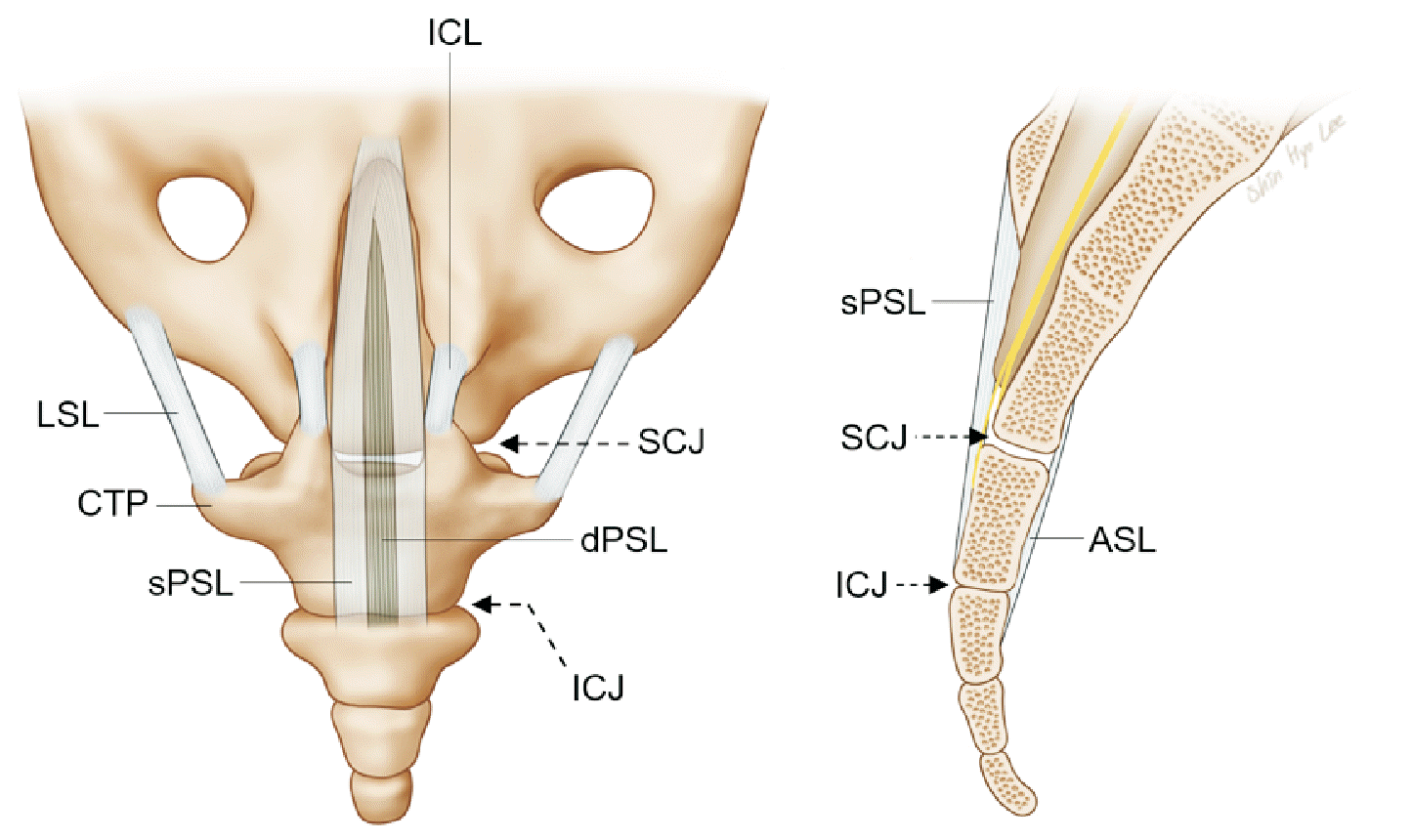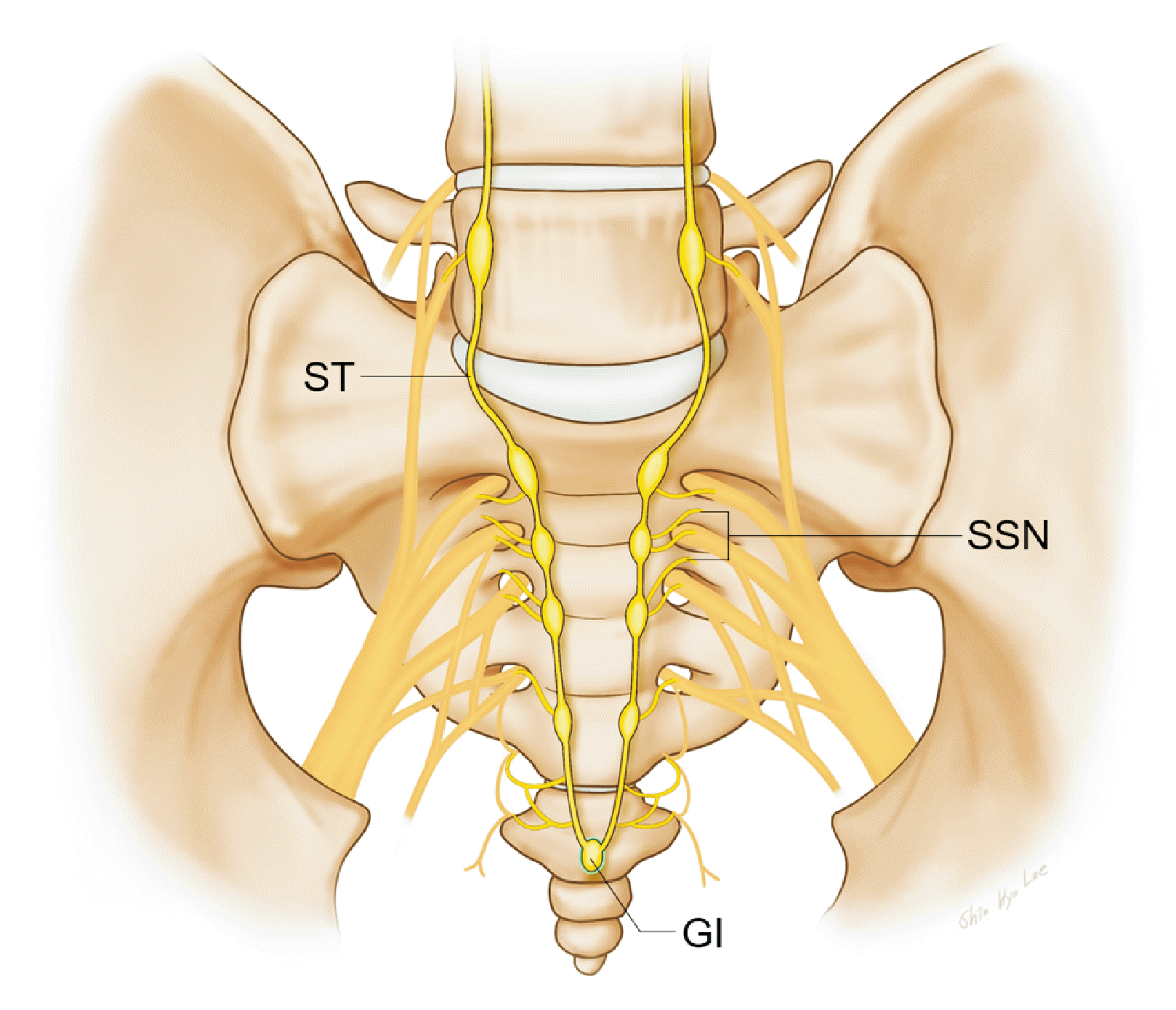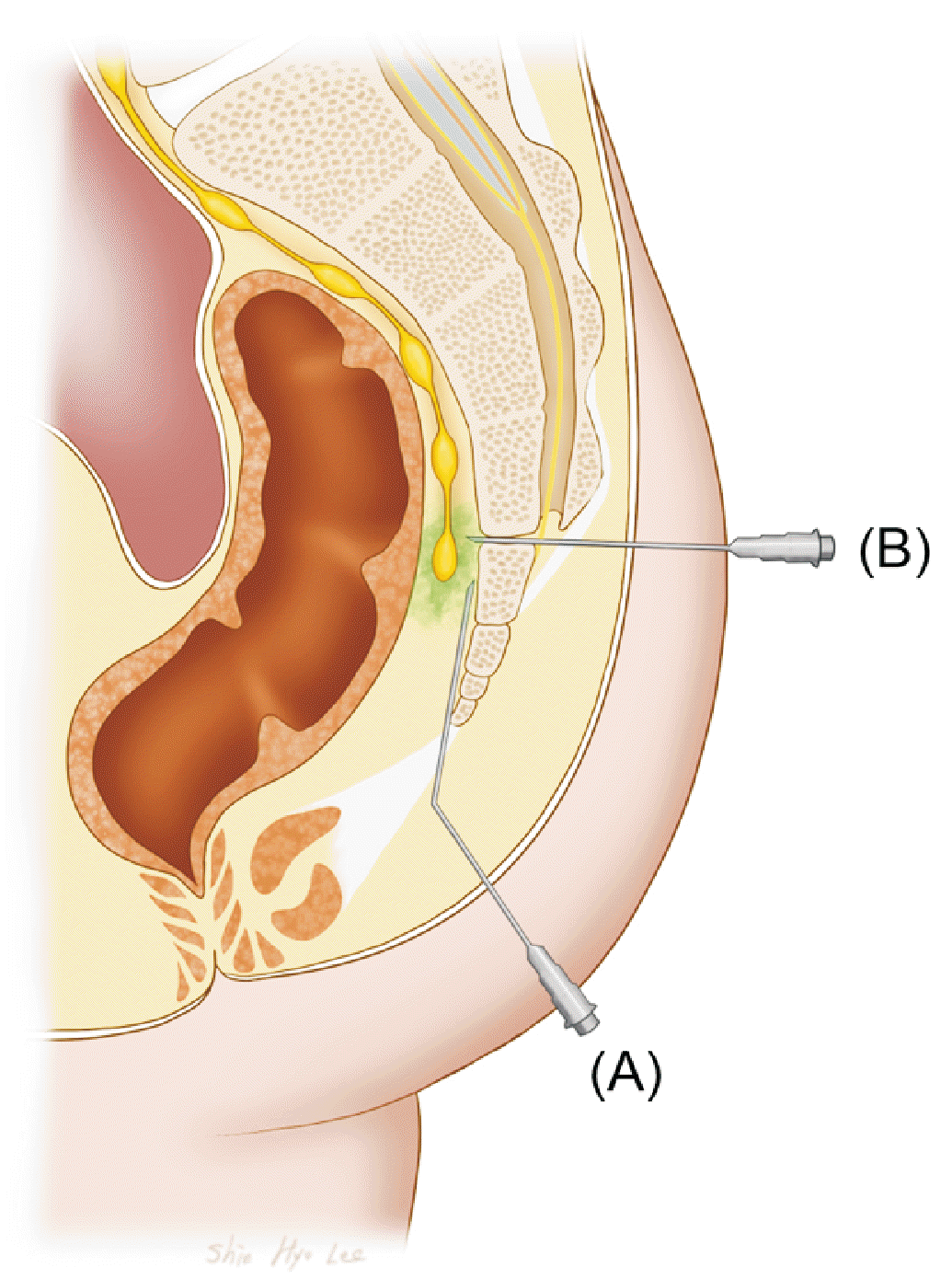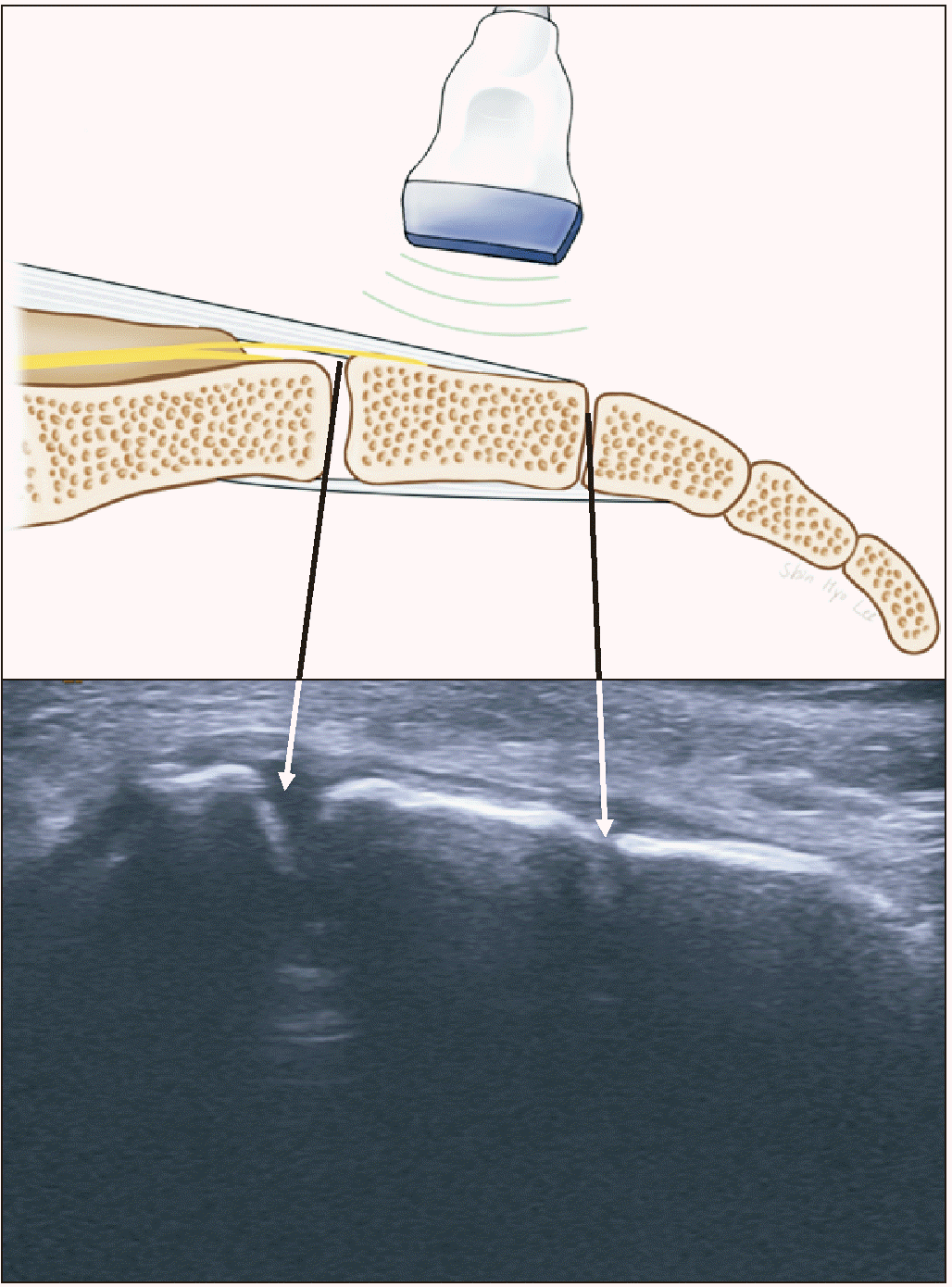1. Breivik H, Collett B, Ventafridda V, Cohen R, Gallacher D. 2006; Survey of chronic pain in Europe: prevalence, impact on daily life, and treatment. Eur J Pain. 10:287–333. DOI:
10.1016/j.ejpain.2005.06.009. PMID:
16095934.

2. Manchikanti L, Singh V, Datta S, Cohen SP, Hirsch JA. American Society of Interventional Pain Physicians. 2009; Comprehensive review of epidemiology, scope, and impact of spinal pain. Pain Physician. 12:E35–70. DOI:
10.36076/ppj.2009/12/E35. PMID:
19668291.
3. Carey TS, Garrett J, Jackman A, McLaughlin C, Fryer J, Smucker DR. 1995; The outcomes and costs of care for acute low back pain among patients seen by primary care practitioners, chiropractors, and orthopedic surgeons. The North Carolina Back Pain Project. N Engl J Med. 333:913–7. DOI:
10.1056/NEJM199510053331406. PMID:
7666878.

4. Kim YD, Moon HS. 2015; Review of medical dispute cases in the pain management in Korea: a medical malpractice liability insurance database study. Korean J Pain. 28:254–64. Erratum in: Korean J Pain 2016; 29: 62. DOI:
10.3344/kjp.2015.28.4.254. PMID:
26495080. PMCID:
PMC4610939.

5. Romanes GJ. 1981. Cunningham's textbook of anatomy. 12th ed. Oxford University Press;p. 797–806.
6. Berry M, Standring SM, Bannister LH. Williams PL, editor. 1995. Nervous system. Gray's anatomy. 38th ed. Churchill Livingstone;p. 901–1397. DOI:
10.37019/e-anatomy/49576.
7. O'Rahilly R, Müller F, Meyer DB. 1990; The human vertebral column at the end of the embryonic period proper. 4. The sacrococcygeal region. J Anat. 168:95–111. PMID:
2182589. PMCID:
PMC1256893.
8. Pearson AA, Sauter RW, Buckley TF. 1966; Further observations on the cutaneous branches of the dorsal primary rami of the spinal nerves. Am J Anat. 118:891–903. DOI:
10.1002/aja.1001180313. PMID:
4163167.

10. Woon JT, Stringer MD. 2012; Clinical anatomy of the coccyx: a systematic review. Clin Anat. 25:158–67. DOI:
10.1002/ca.21216. PMID:
21739475.

12. Soames RW. Williams PL, editor. 1995. Skeletal system. Gray's anatomy. 38th ed. Churchill Livingstone;p. 425–711. DOI:
10.1308/rcsann.2006.88.4.425a.
13. Maigne JY, Guedj S, Straus C. 1994; Idiopathic coccygodynia. Lateral roentgenograms in the sitting position and coccygeal discography. Spine (Phila Pa 1976). 19:930–4. DOI:
10.1097/00007632-199404150-00011. PMID:
8009351.

14. Simpson JY. 1859; Clinical lectures on the diseases of women. Lecture XVII: on coccydynia and diseases and deformities of the coccyx. Med Times Gaz. 40:1–7.
17. Pennekamp PH, Kraft CN, Stütz A, Wallny T, Schmitt O, Diedrich O. 2005; Coccygectomy for coccygodynia: does pathogenesis matter? J Trauma. 59:1414–9. DOI:
10.1097/01.ta.0000195878.50928.3c. PMID:
16394915.

19. Przybylski P, Pankowicz M, Boćkowska A, Czekajska-Chehab E, Staśkiewicz G, Korzec M, et al. 2013; Evaluation of coccygeal bone variability, intercoccygeal and lumbo-sacral angles in asymptomatic patients in multislice computed tomography. Anat Sci Int. 88:204–11. DOI:
10.1007/s12565-013-0181-2. PMID:
23700101.

20. Postacchini F, Massobrio M. 1983; Idiopathic coccygodynia. Analysis of fifty-one operative cases and a radiographic study of the normal coccyx. J Bone Joint Surg Am. 65:1116–24. DOI:
10.2106/00004623-198365080-00011. PMID:
6226668.

21. Woon JT, Maigne JY, Perumal V, Stringer MD. 2013; Magnetic resonance imaging morphology and morphometry of the coccyx in coccydynia. Spine (Phila Pa 1976). 38:E1437–45. DOI:
10.1097/BRS.0b013e3182a45e07. PMID:
23917643.

22. Doursounian L, Maigne JY, Jacquot F. 2015; Coccygectomy for coccygeal spicule: a study of 33 cases. Eur Spine J. 24:1102–8. DOI:
10.1007/s00586-014-3753-5. PMID:
25559295.

23. Nathan ST, Fisher BE, Roberts CS. 2010; Coccydynia: a review of pathoanatomy, aetiology, treatment and outcome. J Bone Joint Surg Br. 92:1622–7. DOI:
10.1302/0301-620X.92B12.25486. PMID:
21119164.
26. Lirette LS, Chaiban G, Tolba R, Eissa H. 2014; Coccydynia: an overview of the anatomy, etiology, and treatment of coccyx pain. Ochsner J. 14:84–7. PMID:
24688338. PMCID:
PMC3963058.
29. Bayne O, Bateman JE, Cameron HU. 1984; The influence of etiology on the results of coccygectomy. Clin Orthop Relat Res. 190:266–72. DOI:
10.1097/00003086-198411000-00047.

31. Balain B, Eisenstein SM, Alo GO, Darby AJ, Cassar-Pullicino VN, Roberts SE, et al. 2006; Coccygectomy for coccydynia: case series and review of literature. Spine (Phila Pa 1976). 31:E414–20. DOI:
10.1097/01.brs.0000219867.07683.7a. PMID:
16741442.

32. Trollegaard AM, Aarby NS, Hellberg S. 2010; Coccygectomy: an effective treatment option for chronic coccydynia: retrospective results in 41 consecutive patients. J Bone Joint Surg Br. 92:242–5. DOI:
10.1302/0301-620X.92B2.23030. PMID:
20130316.
33. Datir A, Connell D. 2010; CT-guided injection for ganglion impar blockade: a radiological approach to the management of coccydynia. Clin Radiol. 65:21–5. DOI:
10.1016/j.crad.2009.08.007. PMID:
20103417.

35. Govardhani Y, RamMohan G, Abhijith S, Savithri B. 2021; A comparative retrospective study of the efficacy of caudal epidural with manipulation versus ganglion impar block with manipulation in patients with coccydynia. Indian J Pain. 35:42–5. DOI:
10.4103/ijpn.ijpn_152_20. PMID:
78f2d87aab1945a68dcc81410440728f.

36. Sencan S, Yolcu G, Bilim S, Kenis-Coskun O, Gunduz OH. 2022; Comparison of treatment outcomes in chronic coccygodynia patients treated with ganglion impar blockade
versus caudal epidural steroid injection: a prospective randomized comparison study. Korean J Pain. 35:106–13. DOI:
10.3344/kjp.2022.35.1.106. PMID:
34966017. PMCID:
PMC8728552.

37. Yamada K, Ishihara Y, Saito T. 1994; Relief of intractable perineal pain by coccygeal nerve block in anterior sacrococcygeal ligament after surgery for rectal cancer. J Anesth. 8:52–4. DOI:
10.1007/BF02482755. PMID:
28921200.

38. Alimehmeti RH, Schuenke MD, Dellon AL. 2022; Anococcygeal nerve and sitting pain: differential diagnosis and treatment results. Ann Plast Surg. 88:79–83. DOI:
10.1097/SAP.0000000000002920. PMID:
34670963.
40. Toshniwal GR, Dureja GP, Prashanth SM. 2007; Transsacrococcygeal approach to ganglion impar block for management of chronic perineal pain: a prospective observational study. Pain Physician. 10:661–6. DOI:
10.36076/ppj.2007/10/661. PMID:
17876362.
43. Munir MA, Zhang J, Ahmad M. 2004; A modified needle-inside-needle technique for the ganglion impar block. Can J Anaesth. 51:915–7. DOI:
10.1007/BF03018890. PMID:
15525617.

44. Ho KY, Nagi PA, Gray L, Huh BK. 2006; An alternative approach to ganglion impar neurolysis under computed tomography guidance for recurrent vulva cancer. Anesthesiology. 105:861–2. DOI:
10.1097/00000542-200610000-00048. PMID:
17006101.

45. Mitra R, Cheung L, Perry P. 2007; Efficacy of fluoroscopically guided steroid injections in the management of coccydynia. Pain Physician. 10:775–8. DOI:
10.36076/ppj.2007/10/775. PMID:
17987101.





 PDF
PDF Citation
Citation Print
Print








 XML Download
XML Download